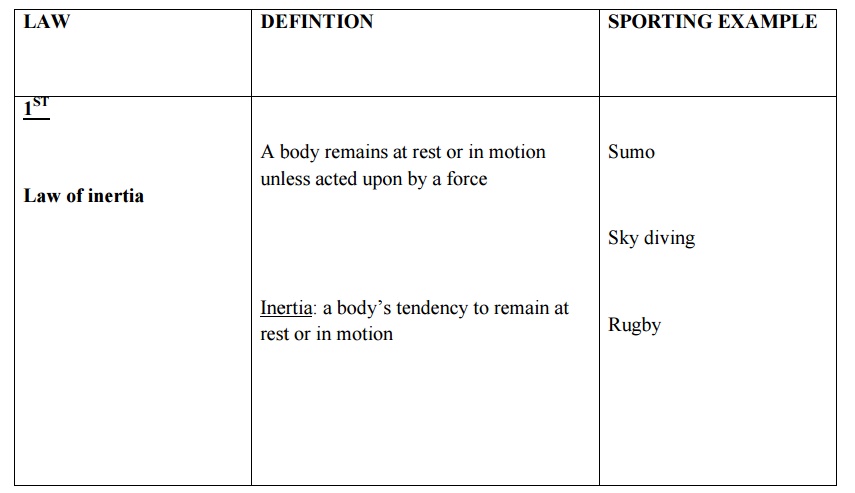Chapter: Engineering Mechanics : Dynamics of Particles
Dynamics of Particles
DYNAMICS OF PARTICLES
1 Displacement
2 Angular Displacement
3 Angular Velocity
4 Angular Acceleration
5 Rectilinear motion
6 Curvilinear motion
7 Impulse and momentum
8 Newton’s law of motion
9 work energy Equation
1 Displacement
Change in position, that is, where an object is in
relation to some reference point. It is measured in metres (m), and its symbol
is usually, x, or s or sometimes d.
2 Angular Displacement

When an
object moves along a straight path, we describe how far it has moved by its
displacement. When an object rotates we describe how far it has rotated by its
angular displacement .The mathematics of circular motion is much simpler if we
measure the angle in radians rather than degrees. One radian as defined a s an
angle whose arc length is equal to its radius, or in general:

3 Angular Velocity
The
angular velocity is define d in relationship to the angular displacement in the
same way that the linear velocity was defined in relationship to the linear
displacement. The average angular velocity is given by the Greek le tter omega
(w), and is defined as the rate of cha nge of the angular displacement.

4 Angular Acceleration
Likewise,
the average angula r acceleration is defined as the rate of change of the
angular velocity, and is given by the Greek letter alpha.

and the
instantaneous angular ac celeration is given by;

5 Rectilinear motion
The particle is classically re presented as a point
placed somewhere in space . A rectilinear motion is a straight-line motion.
6 Curvilinear motion
The particle is classically represented as a point
placed somewhere in space. A curvilinear motion is a motion along a curved
path.
7 Impulse and momentum
Impulse
The
impulse of the force is equal to the change of the momentum of the object.
Momentum
The total
momentum bef ore the collision is equal to the total momentum after the
collision
8 Newton’s law of motion



9 work energy Equvation
Energy in its different forms is a useful means of
analysing Mechanics problems. The forms of energy include:
Kinetic
Energy is the energy an object has due its motion. It is calculated from the definition:
KE = ½ mv
2.
The mass
must be in kilograms, and the velocity in metres per second, and KE is measured
in joules.Gravitational Potential Energy is the energy an object has due to its
position, as with all forms of potential energy. In this case, the position is
the position in a gravitational field, which can be measured from any reference
point, but usually the surface of the earth. It is calculated from the
definition:
Grav
Pot’l E = mgh
The mass must be in kilograms, the value of ‘g’ is
the acceleration due to gravity, 10 or 9.8 m/s2, and ‘h’ is the
height above the reference point. Again the unit of energy is joules.
Elastic
Potential Energy is the energy stored in a compressed or stretched material.
Energy cannot be created or destroyed; it is just
converted from one form to another. Other forms of energy include Light, Sound
and Thermal energy. This means that the total amount of energy is constant or
that Energy is conserved.
Related Topics